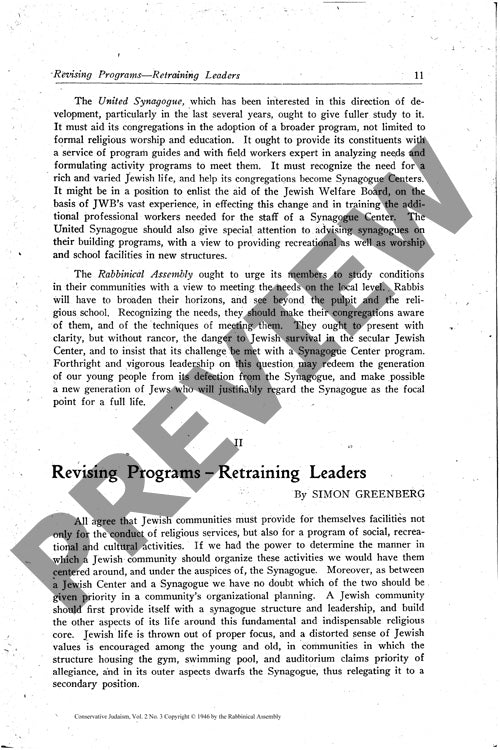Revising Programs Retraining Leaders
Couldn't load pickup availability
Jewish community centers in mid-20th century America faced a critical identity crisis: many functioned as secular social spaces rather than vibrant centers of Jewish cultural and spiritual life. Through analysis of organizational structures and programming approaches across existing Jewish institutions, a clear need emerged for the United Synagogue to expand beyond traditional worship and education into broader community engagement. The investigation revealed how collaboration between the United Synagogue and Jewish Welfare Board could create integrated synagogue centers offering religious, social, recreational, and cultural activities under unified Jewish leadership. A particularly troubling discovery showed widespread deficiencies in leadership training, with many center administrators lacking fundamental Jewish education and religious commitment. These findings demonstrate that institutional effectiveness depends primarily on leadership quality rather than program structure alone. To address these challenges, a comprehensive reform of Jewish community professional training is necessary, emphasizing deep Jewish knowledge, cultural sensitivity, and religious commitment. The synagogue center model emerges as an optimal framework for preserving Jewish identity while serving diverse community needs, provided it operates under properly trained leadership.

More Information
-
Physical Description
-
Publication Information
Published 1946
ISBN
-
Publication Credits
Simon Greenberg

